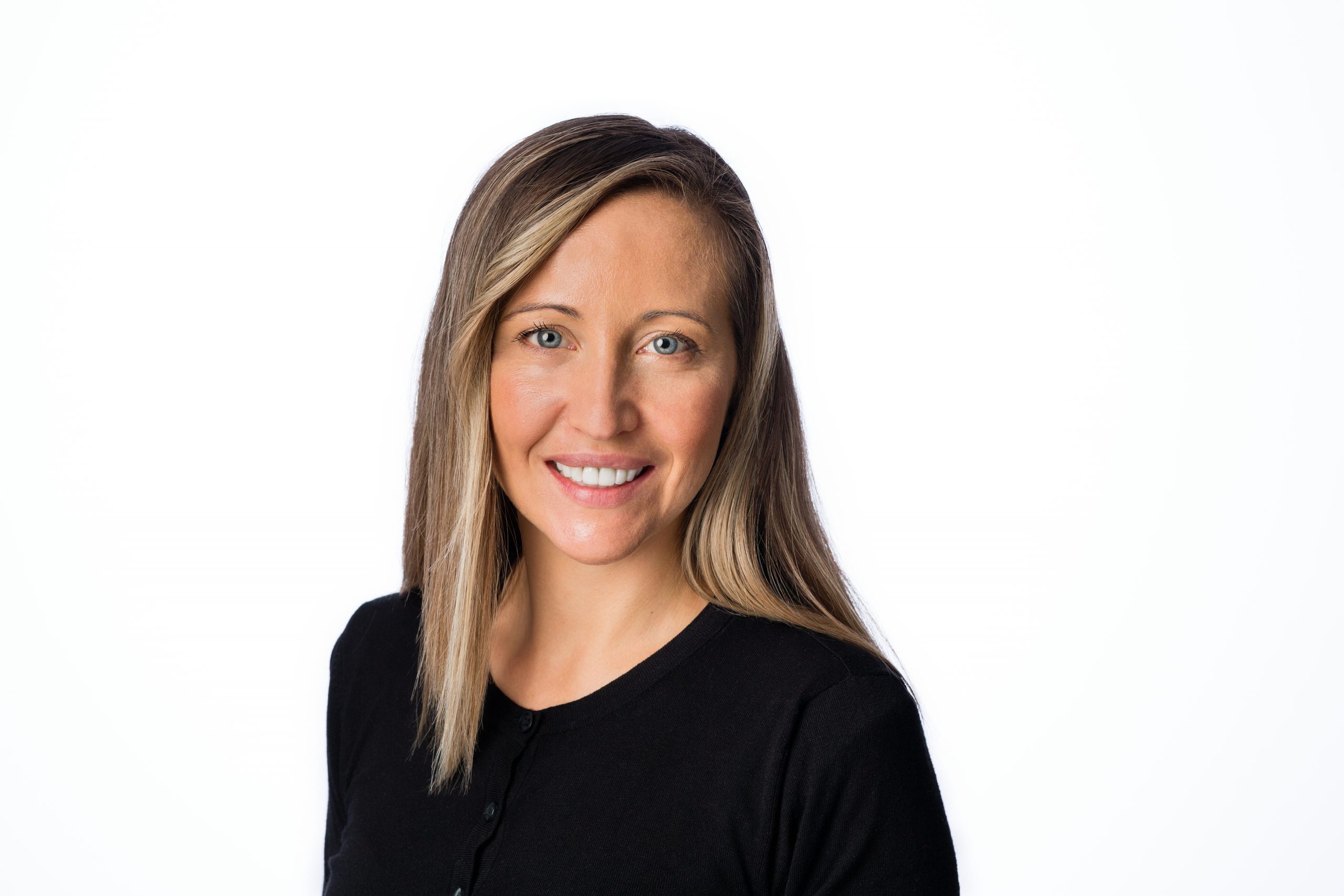
Recent developments in the W&I sector: Q&A with Howden M&A’s Head of Claims, Anna Robinson
Hot on the heels of the release by Howden of its annual M&A Insurance Claims Report we caught up with their Head of Claims, Anna Robinson, to find out about trends across the sector in 2020/2021 and her predictions for 2022.
A copy of the full report can be accessed here.
Q: Despite the turmoil of the pandemic, we understand that M&A transactions continue to increase as companies use mergers and acquisitions to grow. Is this increase in deal-making, and increase in the use of M&A insurance, starting to lead to an increase in claims activity?
A: Yes on both counts. Following a significant drop in deal activity at the start of the pandemic, there was a phenomenal and unprecedented increase in deal activity from Q3 2020 onwards and throughout 2021. The same period saw an exponential increase in the use of M&A insurance, and a corresponding increase in the number of notifications. Although the number of notifications in percentage terms has fallen since 2019, the absolute number of notifications has risen, which is a factor both of the increase in use of M&A insurance and the increase in Howden M&A’s market share.
Q: Has Covid had the impact on M&A claim notifications that was envisaged by the insurance industry? Do you expect any COVID-19-related claims trends to emerge in the future?
A: Interestingly the predicted spike in notifications did not materialise. With hindsight, in some ways that is not surprising as the deals done, and associated policies placed, following the emergence of COVID-19 would either have diligenced COVID-19 or excluded claims arising out of it.
Q3: Has there been an impact on when claim notifications are made against the policy i.e. are claims now notified earlier following inception or later?
A: Our research indicates that notifications are being made later. For notifications received from 2015 to 2019, 90% were made within 18 months of the policy’s inception. In 2020/2021 the proportion of later notifications, made after 18 months, rose significantly. There are two potential reasons for this – the first is that longer warranty periods are available, and the other is the increase in tax claims which, of course, have longer notification periods reflecting the time it can take for these to materialise.
Q4. Has there been a change in the claim values being discovered and notified under the policy?
A: It is the larger deals, and in particular the mega-deals (above €1 billion EV) that have a higher notification rate, and which rate increased again in 2021. These large and complex deals are both more difficult to diligence and often conducted at a fast pace meaning issues can be missed.
Q5. What’s the most common cause for claims and are there any emerging trends? Are there any sector trends for claims notifications?
A: The top three most commonly breached warranties that we see are: Material Contract warranties, for example where a known issue with a supply contract wasn’t disclosed; Financial Statement warranties, reflecting errors in the financial statements; and Compliance with Law warranties, where relevant legislation has not been complied with. This latter type of breach is something that arises commonly in relation to real estate deals where planning, environmental and safety laws are not complied with. While Tax warranties have historically been one of the most common breaches, it still takes up a large portion of notifications received at 17.8%. Taken together these four amount to just over three quarters of all notifications.
Q6. Has the percentage of notifications turning into paid claims changed?
A: The data shows that three-quarters of claims were resolved positively, which is a slight reduction from the previous period but is explained, in part, by the increase in precautionary notifications.
Q7. What would be your top tips for policyholders in getting their claims paid?
A: Good question! Notify early and in accordance with the policy provisions; particularise each element of the warranty breach and provide robust supporting evidence; keep the insurer updated and provide them with the documentation they need to investigate the claim, and, perhaps most importantly, make sure you can evidence the impact of the breach on the purchase price. Also, involve your broker as their relationship with the claims handler can be key to ensuring a smooth claims process.
Q8. What role does Howden M&A play in getting claims paid, can you give an example?
A: We provide assistance with the claims process as a W&I claim is often the first time an insured has dealt with an insurer in this context. We also assist clients with policy interpretation and quantum issues – quantum is typically the most complex part of a W&I claim. As brokers, we are able to deal directly with the insurers, and we can negotiate outcomes based on commercial as well as legal imperatives.
Q9. What role do coverage specialists, like Fenchurch Law have to play in the claims process?
A: Where a case turns on a point of law or policy interpretation, and the insurer/insured have reached stalemate and commercial negotiation has not assisted (which is rare!), it is vital for us, and our clients, to be able to have specialist advisers to call in that situation. Knowing that Fenchurch Law offer a free preliminary advice service is very reassuring!
Q10. Finally, what are your predictions for the coming year?
A: We predict a tidal wave of notifications in the coming year, reflecting the phenomenal increase in policies placed in 2020 and 2021. In similar vein, given the increasing number and size of the deals on which we advised in 2021 we anticipate that claim size and complexity will increase. In line with the trend for more policies (title and tax in particular) to include cover for ‘known issues’, we anticipate that notifications and claims arising under these policies will increase. Watch this space!



